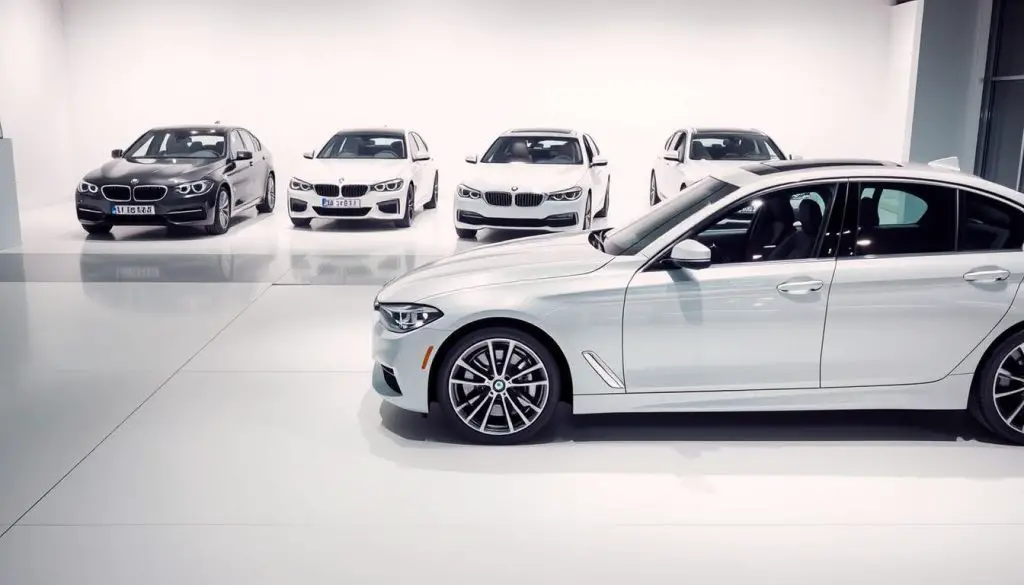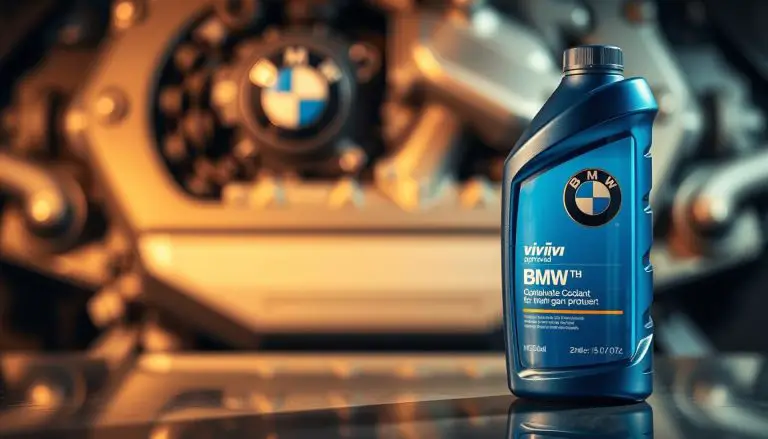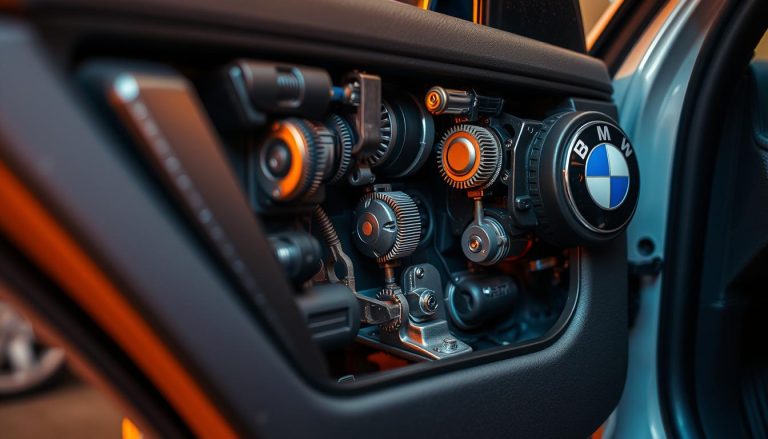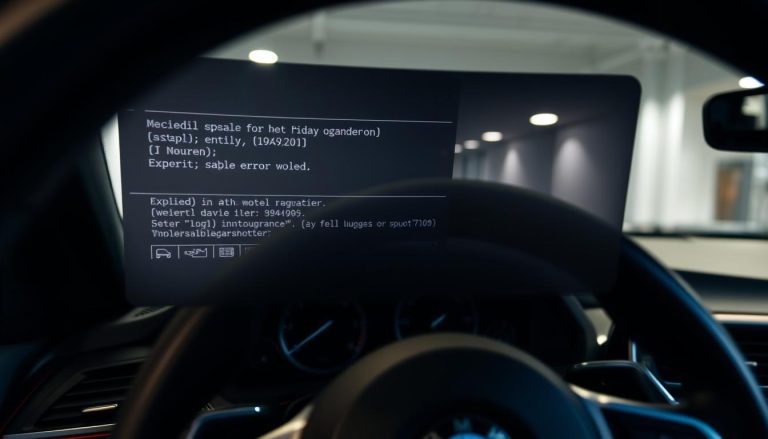In the realm of luxury automobiles, the paint color emerges as a pivotal element. For aficionados of BMW, the decision between Mineral White and Alpine White presents a formidable challenge.
The dichotomy between these two hues has ignited fervent debates among connoisseurs of automotive excellence. Though both colors radiate an aura of sophistication, they are distinguished by unique attributes.
An in-depth comprehension of BMW white colors is imperative for a well-informed choice. This article will dissect the specifics of Mineral White and Alpine White, shedding light on their distinctiveness within the domain of luxury car paint.
Key Takeaways
- The distinction between Mineral White and Alpine White resides in their distinct shades and finishes.
- BMW white colors are highly coveted within the luxury automotive sector.
- The selection of the appropriate luxury car paint necessitates a consideration of personal taste and the vehicle’s overall visual appeal.
- Both hues possess unique characteristics that resonate with diverse preferences.
- Grasping the subtleties of each color is essential for making an informed decision.
The Evolution of White Paint on BMW Vehicles
The application of white paint on BMW vehicles encapsulates a storied narrative, underscoring the marque’s design ethos and legacy. Through the years, BMW has meticulously refined its color spectrum, ensuring it resonates with its brand’s essence.

BMW’s design ideology is predicated upon innovation, performance, and refinement. The role of color within this framework is pivotal, with white emerging as a quintessential emblem of these ideals.
BMW’s Color Heritage and Design Philosophy
BMW’s color strategy is deeply ingrained in its historical context. The brand has persistently leveraged color to elevate the visual allure of its automobiles. White, in particular, has become emblematic of BMW’s contemporary design idiom, embodying both purity and refinement.
The Popularity of White in the Luxury Automotive Market
In the realm of luxury automobiles, white commands a high demand. It is frequently linked with superior quality and streamlined aesthetics. As Peter Schwarzenbauer, a BMW board member, once observed, “The color white is a timeless classic that harmonizes with the dynamic aesthetics of our vehicles.” This viewpoint is mirrored in the widespread appeal of white BMW models amongst consumers.
As the automotive sector continues to transform, the enduring appeal of white as a favored hue is anticipated, driven by consumer predilections for elegance and sophistication.
BMW Mineral White vs Alpine White
In the domain of BMW’s color palette, Mineral White and Alpine White emerge as two distinct, highly sought-after options. Grasping the nuances between these two hues is imperative for prospective BMW owners aiming to make a well-informed choice.
Origin and Development of Both Colors
The genesis and evolution of BMW Mineral White and Alpine White diverge. Alpine White has been a stalwart in BMW’s color repertoire, celebrated for its luminous and pristine aesthetic. In contrast, Mineral White, a more contemporary entrant, proffers a refined and avant-garde visual experience.
Color Composition and Pigmentation Differences
The chemical makeup and pigmentation of Mineral White and Alpine White exhibit marked disparities. Mineral White is a metallic paint, infused with unique pigments that confer upon it an extraordinary luster and dimensionality. In stark contrast, Alpine White is a non-metallic paint, offering a straightforward, quintessential white finish.

Visual Distinctions at First Glance
Upon initial inspection, the visual distinctions between Mineral White and Alpine White are evident. Mineral White boasts a more vibrant presence, courtesy of its metallic attributes, whereas Alpine White presents a more traditional, unadorned white appearance. The selection between the two hinges on individual taste and the desired car color differences.
In summary, both Mineral White and Alpine White bring distinct benefits in terms of aesthetics and style. By comprehending their differences in origin, composition, and visual effect, BMW aficionados can make a more informed decision regarding their vehicle’s color.
Technical Specifications of Mineral White
BMW’s Mineral White transcends mere color, embodying a synthesis of form and function through advanced paint technology. This luxury car paint is crafted to deliver a superior finish, elevating the vehicle’s visual appeal while ensuring longevity.
Metallic Paint Properties
The Mineral White paint exhibits exceptional metallic properties, imbuing it with a distinctive luster. Embedded with finely ground metallic particles, it reflects light, generating a mesmerizing shimmer. This attribute not only enriches the color’s depth but also imbues the vehicle with a dynamic presence under varying light conditions.
Application Process and Finish Quality
The application of Mineral White involves a meticulous process, comprising multiple layers including a base coat and clear coat, culminating in a high-gloss finish. Employing cutting-edge techniques, the paint is applied uniformly, resulting in a flawless surface. This surface is not only aesthetically pleasing but also impervious to environmental degradation.
The finish quality of Mineral White stands as a testament to BMW’s dedication to excellence in exterior colors. Its durability and resistance to fading guarantee that the vehicle’s luxurious sheen remains intact over time.
Technical Specifications of Alpine White
In the realm of BMW white colors, Alpine White emerges as a standout due to its non-metallic paint characteristics. Unlike Mineral White, which boasts a metallic sheen, Alpine White presents a more straightforward, solid white appearance.
Non-Metallic Paint Properties
Alpine White’s non-metallic paint is distinguished by its simplicity and absence of metallic flakes. This characteristic results in a flat, even finish, contrasting with the more complex, sparkle-inducing effect of metallic paints like Mineral White. The non-metallic nature ensures that Alpine White maintains a consistent appearance under varying lighting conditions, unlike metallic paints that can shift in appearance.
Application Process and Finish Quality
The application process for Alpine White involves a simpler coating process compared to metallic paints. The absence of metallic flakes simplifies the application, potentially reducing the risk of unevenness. This simplicity, while contributing to a clean, crisp white finish, may also result in a finish lacking the depth of metallic paint. The outcome is a clean, elegant, and understated white finish.
Performance in Different Environments
Environmental factors significantly influence the appearance and durability of BMW’s white paint colors, Mineral White and Alpine White. The unique attributes of each color are revealed under diverse conditions.
Appearance Under Various Lighting Conditions
The aesthetic of BMW exterior paint undergoes notable transformations under different lighting scenarios. Mineral White, a metallic paint, exhibits a reflective quality, appearing more radiant in direct sunlight. In contrast, Alpine White, a non-metallic paint, retains a consistent visual appeal, irrespective of the lighting conditions.
Seasonal Variations in Appearance
Seasonal fluctuations impact the visual presentation of the paint colors. In winter, the car color differences between Mineral White and Alpine White may be less discernible due to the prevailing dull, overcast weather. Yet, in summer, Mineral White’s metallic sheen is accentuated by the intense sunlight.
Weather Resistance and Aging Properties
Both colors are engineered to be resilient, yet their susceptibility to weathering and aging differs. Mineral White’s metallic paint exhibits superior resistance to fading, attributed to its pigmentation. In contrast, Alpine White’s non-metallic finish may exhibit signs of aging more readily, such as minor discoloration over time.
In conclusion, the performance of Mineral White and Alpine White in diverse environments underscores the significance of considering these factors when selecting a paint color for your BMW.
Maintenance and Longevity Comparison
The decision between Mineral White and Alpine White for a BMW transcends mere visual appeal, delving into the realms of maintenance and durability. Each hue possesses distinct attributes influencing its resilience against environmental factors and everyday wear.
Cleaning Requirements and Frequency
Mineral White, a metallic finish, excels in concealing minor imperfections and stains, contrasting with Alpine White. Both, though, necessitate consistent washing to uphold their visual integrity. Mineral White necessitates bi-weekly washing, whereas Alpine White might require more frequent cleansing due to its non-metallic finish’s propensity to reveal dirt.
Scratch Visibility and Repair Process
Alpine White’s solid, non-metallic nature renders scratches more apparent. In contrast, Mineral White’s metallic components can subtly conceal minor scratches. Touch-up paint is essential for both colors, yet Mineral White might necessitate additional applications to restore its original sheen.
Impact on Vehicle Resale Value
The resale value of a BMW is significantly influenced by its paint condition. A meticulously maintained Mineral White or Alpine White finish can substantially preserve the vehicle’s value. Mineral White’s capacity to conceal minor flaws may confer a slight advantage in maintaining a pristine appearance over time.
| Feature | Mineral White | Alpine White |
|---|---|---|
| Cleaning Frequency | Bi-weekly | Weekly |
| Scratch Visibility | Less visible | More visible |
| Resale Value Impact | High | High |
Complementary Features and Styling
BMW’s exterior color palette, encompassing hues such as Mineral White and Alpine White, presents a spectrum of styling options. The selection of an exterior color profoundly impacts the vehicle’s overall visual appeal, extending to the interior design and wheel selection.
Interior Color Pairings
The interior hue of a BMW can either harmonize or juxtapose with its exterior. For example, Mineral White and Alpine White exteriors can be harmonized with a variety of interior colors, including Black Dakota Leather and Mocha Brown trim.
| Exterior Color | Interior Color | Trim |
|---|---|---|
| Mineral White | Black Dakota Leather | Chrome |
| Alpine White | Mocha Brown | Aluminum |
| Mineral White | Full Merino Leather | Wood |
Wheel and Trim Combinations
The selection of wheels and trim can significantly enhance a BMW’s visual appeal. For instance, Style 792M Double-Spoke Wheels in Gloss Black can accentuate the sleekness of Mineral White, while Aluminum Trim can imbue Alpine White with a sophisticated allure.
Model-Specific Appearances
Diverse BMW models present Mineral White and Alpine White in distinct ways. For example, the BMW X5 in Mineral White exudes a robust demeanor, whereas the BMW 3 Series in Alpine White conveys a sporty elegance.
The decision between Mineral White and Alpine White hinges on personal taste and the desired vehicle aesthetic.
Conclusion: Making Your BMW White Color Choice
The decision between BMW Mineral White and Alpine White hinges on a multitude of considerations, including personal taste, driving style, and the desired visual impact of your vehicle. This analysis has delved into the nuances of BMW white colors, shedding light on their influence on your car’s appearance.
The disparity between these two hues is rooted in their chemical makeup, surface finish, and performance across diverse environmental settings. Grasping these car color differences is essential for making a choice that aligns with your requirements.
Whether you lean towards the metallic sheen of Mineral White or the understated elegance of Alpine White, your selection will profoundly affect your BMW’s visual identity. It is imperative to consider maintenance needs, resale potential, and how the color interacts with your vehicle’s other attributes.
In conclusion, the choice is a personal one, influenced by your unique preferences and values. By examining the attributes of each color, you can make an informed decision that elevates your driving pleasure and overall satisfaction with your BMW.
FAQ
What is the main difference between BMW Mineral White and Alpine White?
The distinction between BMW Mineral White and Alpine White resides in their paint formulations. Mineral White is formulated with metallic components, whereas Alpine White is devoid of such additives. This disparity influences their aesthetic and durability attributes.
How does the metallic paint of Mineral White impact its appearance?
The incorporation of metallic elements in Mineral White’s paint imparts a more vibrant and profound visual experience. It exhibits a luminous sheen under specific illumination, thus elevating the vehicle’s visual allure.
Is Alpine White more prone to scratches than Mineral White?
The susceptibility to scratches is not solely determined by the color. Rather, it is contingent upon the paint’s finish quality and the diligence of maintenance practices. Both colors possess inherent characteristics that can affect visibility.
How do the two colors perform in different lighting conditions?
Mineral White’s appearance is more susceptible to alteration under diverse lighting scenarios due to its metallic composition. In contrast, Alpine White maintains a relatively consistent visual presentation across various illumination conditions.
What are the cleaning requirements for BMWs painted in Mineral White versus Alpine White?
Both colors necessitate consistent washing and occasional application of wax to preserve their luster. Mineral White, with its metallic sheen, may exhibit dirt and water marks more prominently.
How do Mineral White and Alpine White affect the resale value of a BMW?
While both colors are favored, the resale value is predominantly influenced by the vehicle’s condition, model, and maintenance record. The color itself plays a secondary role in this regard.
Can I pair Mineral White or Alpine White with any interior color?
Affirmative, both colors can be harmoniously paired with a variety of interior hues. Notably, Mineral White paired with a black interior is a preferred choice for its sleek, contemporary aesthetic.
Are there specific wheel and trim combinations that complement Mineral White or Alpine White?
Affirmative, specific wheel designs and trim colors can significantly enhance the visual appeal of both colors. Chrome or silver trims, for instance, often complement white exteriors effectively.
How do seasonal variations affect the appearance of Mineral White and Alpine White?
Seasonal fluctuations can influence the visual presentation of both colors. Mineral White’s metallic sheen may exhibit greater variability under different sunlight conditions. In contrast, Alpine White tends to maintain a more consistent appearance.
What is the typical application process for Mineral White and Alpine White paints?
The application of both paints involves a comprehensive process encompassing priming, painting, and clear coating. The specific techniques and materials employed can impact the final finish quality.


